Alexis, Rockman, “Exfoliation” (2023), oil and cold wax on wood, 48 x 40 x 2 inches
Dramatic glacier cliffs, painted in craggy daubs of blue and white, tower above the sea throughout Alexis Rockman’s portentous exhibition, Melancolia at Sperone Westwater. Each painting, in oil and cold wax on wood, depicts one of two scenes: a historical arctic shipwreck, such as the freight and passenger ship Ancon’s 1889 crash near Alaska, or an ablating glacier. Both types of scene fixate on a moment of loss, portraying the ship’s impact with the ice or the glacier’s runoff as kinetic bursts of paint. The surprising visual resemblance between these two different subjects underscores maritime exploration’s historical role in contemporary ecological decline, while also romanticizing that decline.
Rockman has painted a sublime arctic landscape before — the gargantuan “South” (2008), which spans almost 30 feet in length across seven pieces of gessoed paper — but the artist typically works in a surreal, almost comic register. The majority of his acclaimed landscapes imagine fantastical eco-dystopian futures, with cross-sectional above-and-below–water compositions that resemble certain natural history museum dioramas, in which exotic animals teem amid the ruins of human civilization. Melancolia’s glacier paintings, in contrast, offer no glimpses of what lies beneath the water’s surface and are almost devoid of human or animal presence, with even the crashing ships rendered invisible behind clouds of kicked up snow. A small lone kayak occasionally dots the paintings’ foreground waters, the kind of detail sometimes present in Hudson River School paintings to convey the grandeur of nature’s scale.

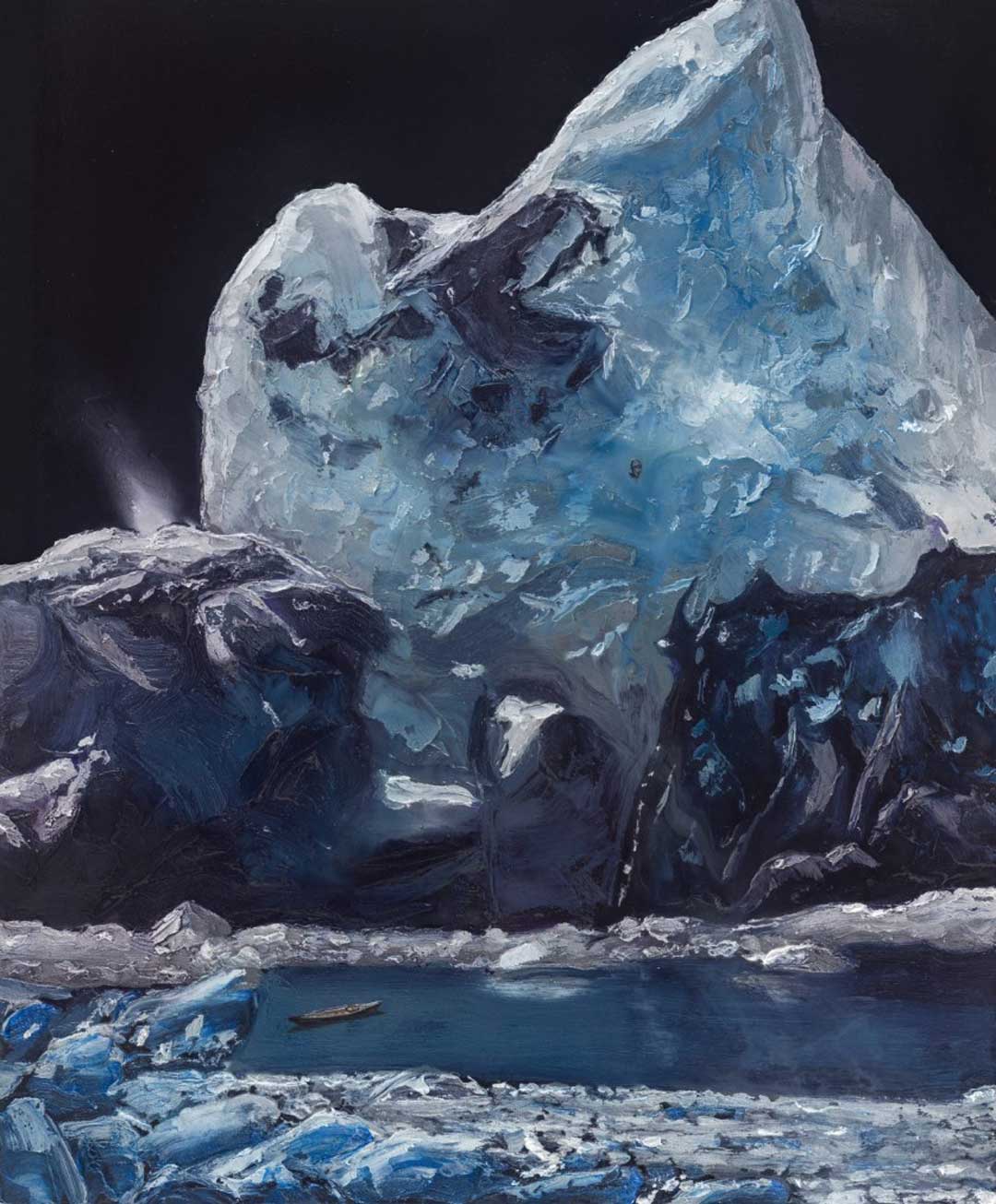

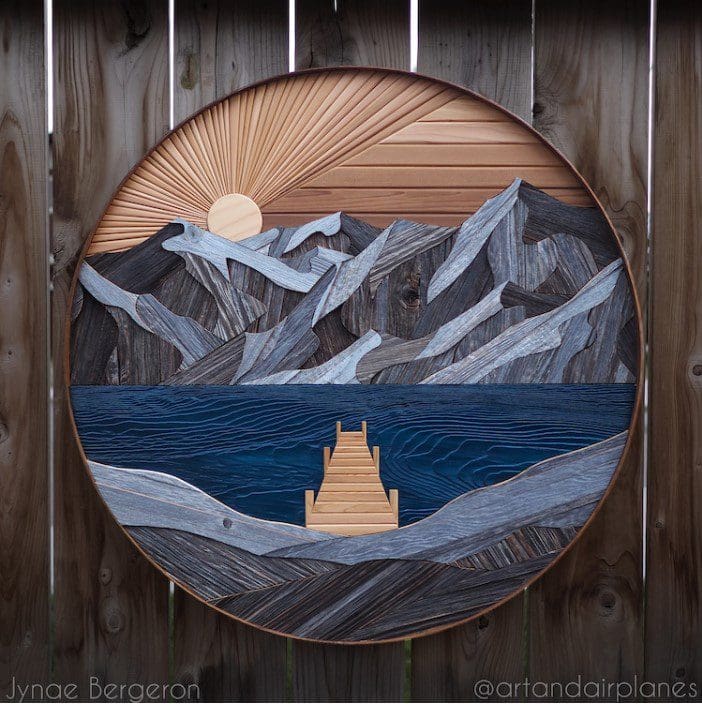
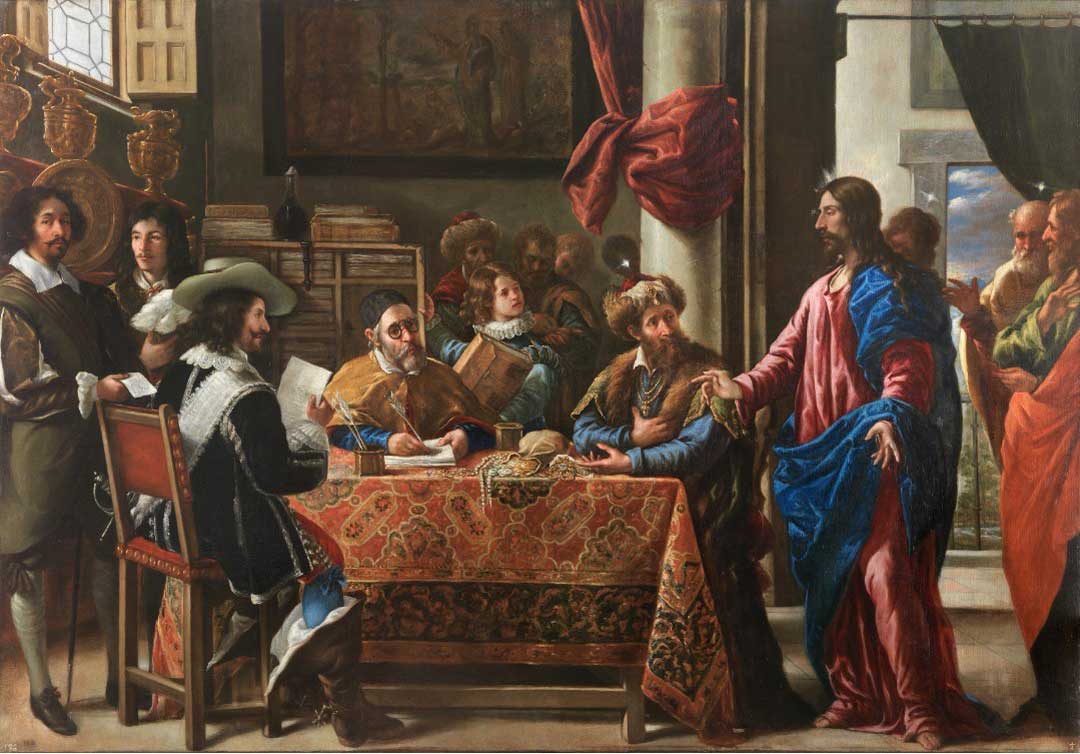




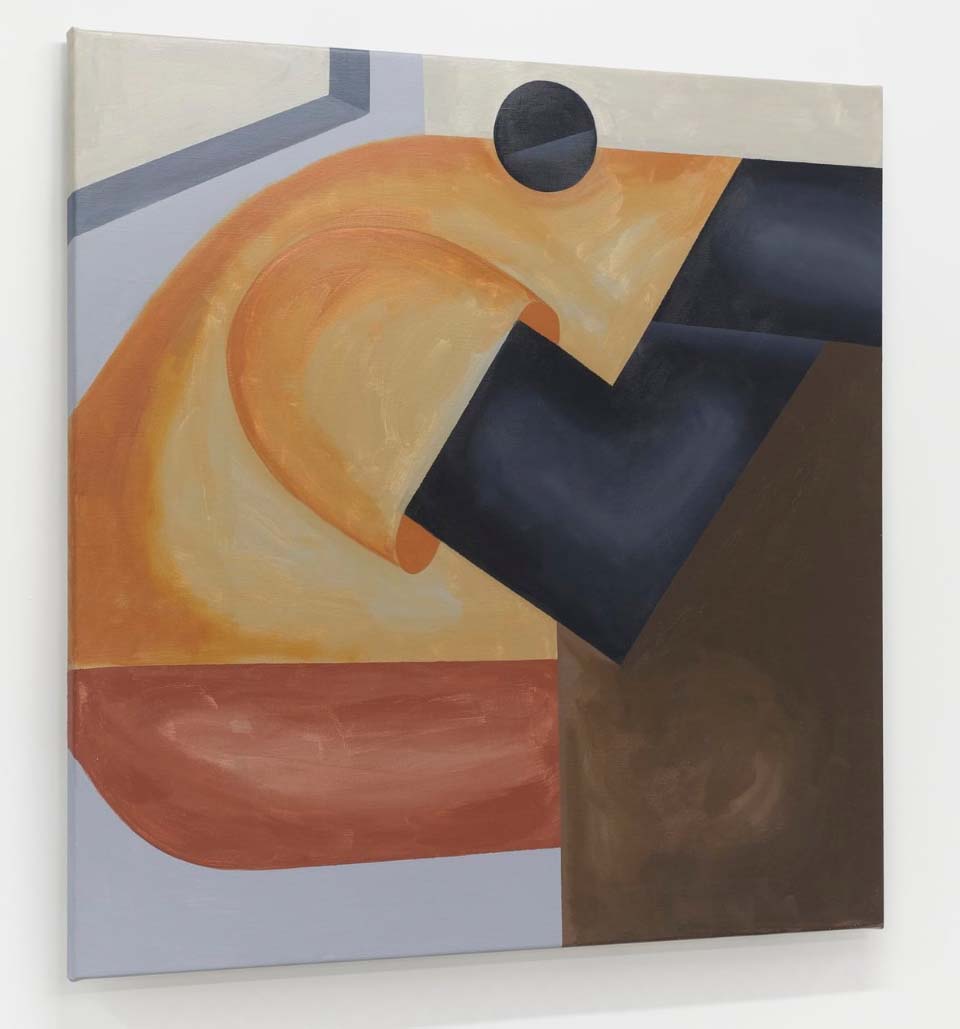

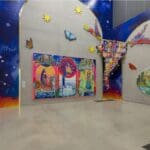



![Artist Shares Secrets of How To Draw Incredibly Realistic Portraits [Interview]](https://artistvenu.studio/wp-content/uploads/2023/12/Screenshot_242-150x150.jpg)
